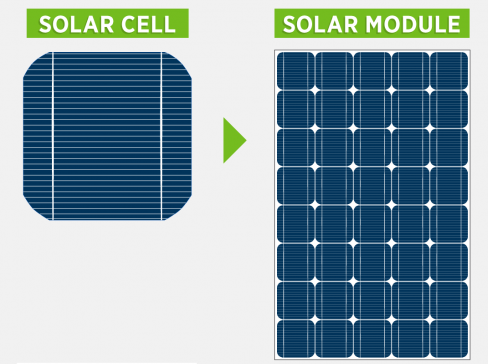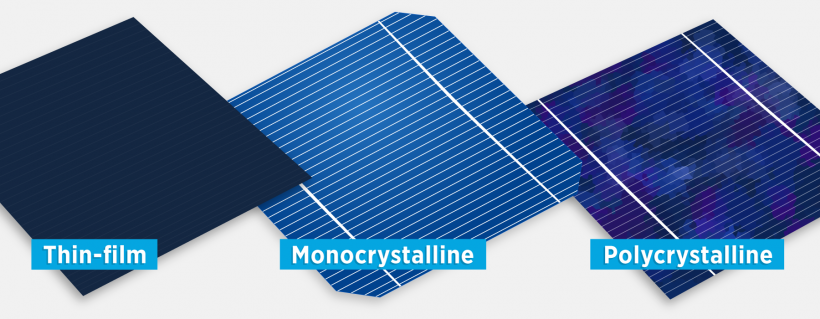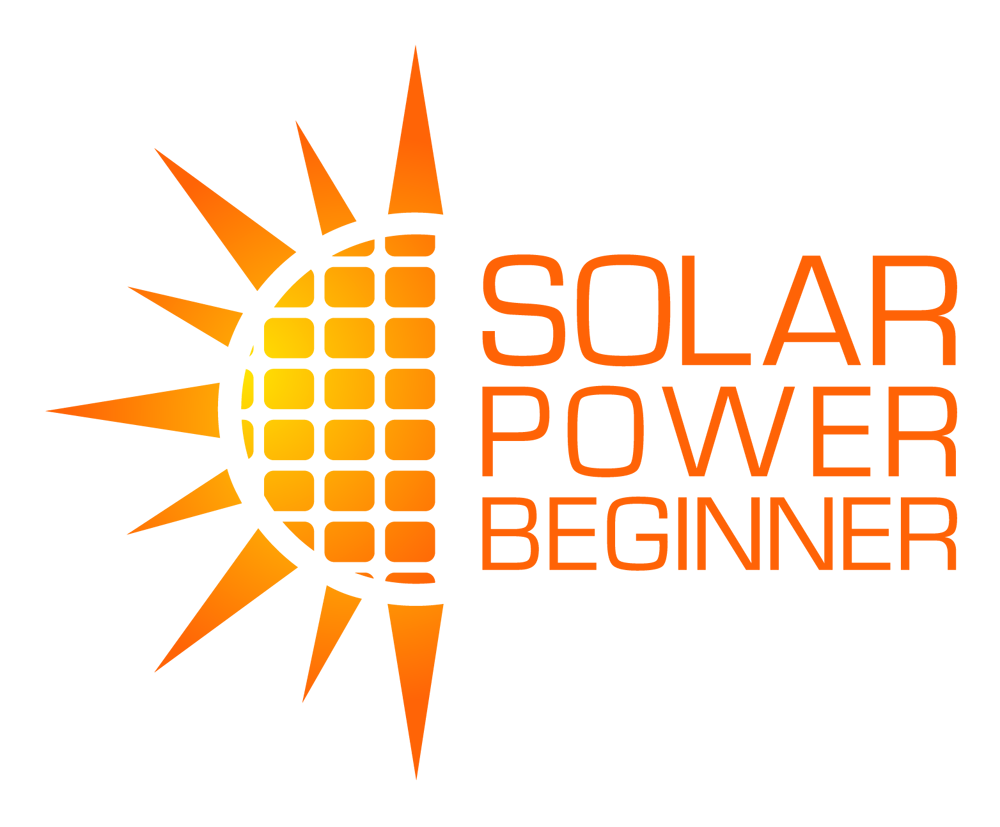Solar panels really do seem pretty magical. These panels allow us to capture the light of the sun and turn it into electricity. We can then use that electricity to power all of our modern comforts and conveniences, from microwave ovens to laptop computers. That’s pretty amazing!
Solar panel technology has actually been around for quite a long time. The ‘photovoltaic effect’ that causes a solar cell to create electricity was discovered in 1839, and the modern silicon solar cell was created at Bell Labs in 1953. The price of solar at that time was a frightful $300 per watt, but thankfully costs have decreased drastically since then. The history of these panels is a pretty amazing story, but for now let’s take a look at how these panels work and how they can save you money on your electric bill.
How Solar Panels Work
A solar panel (also known as a solar module) is made up of many solar cells. When sunlight hits one of these solar cells it interacts with semiconductor materials and causes electrons to come free and produce an electric current.

The electric current created by a solar panel is known as ‘direct current’ (or DC). In order to use this electricity to power our home it needs to travel from our solar panels to a solar power inverter where it is converted to the alternating current (AC) that most homes use.
Many solar power systems also add solar batteries that allow you to store your power, but this isn’t necessary in most cases (unless you’re living in an off-grid home that is not connected to the existing electric grid).
What’s that? You want a more sophisticated scientific explanation of how solar panels work involving photons, electromagnetic radiation, and Alessandro Volta? For now, why don’t we just take a look at the options you have when selecting solar panels for your home?
Types of Solar Panels
The main options you have when choosing a solar panel are:
- Monocrystalline
- Polycrystalline
- Thin Film

Monocrystalline solar panels are considered the ‘top of the line’ option and usually offer the highest solar panel efficiency available. The manufacturing process for these panels uses silicon wafers that are cut from a single crystal (when you remember that mono = one, the name of these panels should make a little more sense!).
Polycrystalline solar panels are less efficient than their monocrystalline brethren, but they might still be a solid option for your solar installation. The cells in these panels are made by combining fragments of silicon instead of using a single silicon crystal. The main benefit of these panels is that they are often cheaper than the monocrystalline variety. This means that they could be your best ‘dollar per watt’ option when you are considering a solar installation (particularly if you have plenty of space on your rooftop).
Thin-film solar panels are not as popular as the crystalline panel options and they only make up about 10% of the solar PV market. The main issue keeping thin-film technologies from wider adoption is that they are higher cost and don’t offer significant advantages in most residential and commercial applications. They are an interesting area to keep an eye on, however, and are also well-suited for some applications, including building-integrated photovoltaics (BIPV) like solar shingles and solar roof tiles. There are also a variety of portable solar panels that use thin film technology due to the fact that it is lightweight and flexible.
Cost of Solar Panels
Due to a number of variables, there is no simple answer we can give with regard to the cost of solar panels. We can give you a ballpark figure, however, and let you know what might cause that figure to increase or decrease in your specific solar installation.
According to the Solar Energy Industry Association the pre-incentive price of an average-sized solar power system in the US has dropped to around $20,000. I know that sounds like a lot of money, but don’t forget that there is a federal renewable energy tax credit of 26% available that will bring that cost under $15,000 (Note: This tax credit is dropping to 22% in 2023 and may not be available at all after that).
Beyond the federal tax credit, there are local and state rebate programs like net-metering that could further decrease the cost of your solar installation. If you work with a qualified solar installer they will walk you through the available solar power rebates. If you want to check out these solar incentives for yourself, go to the Database of State Incentives for Renewables and Efficiency (DSIRE) and select your region.
A solar installer should also be able to provide you with the ‘payback period’ for your installation. This is the amount of time that it will take for your solar power system to pay for itself. The calculation of this payback period will depend on the incentives available in your area and the price you are currently paying for electricity.
As you may have gathered, a qualified solar installer can be a very valuable partner when you’re considering going solar. Of course they know all about installing solar panels, but they will also be able to explain solar panel info like panel efficiency and temperature coefficient. In short, a solar professional will help you to feel confident that you have the best panels available and that you won’t have any regrets about your choice in the years to come.
We also suggest that you get a solar power quote from multiple solar installers in your area to make sure you find someone who is knowledgeable and also someone that you feel comfortable working with. After speaking with multiple professionals you will be equipped to answer the eternal question: Is solar power worth it for me?
Frequently Asked Questions:
Does my house get enough sun for solar panels?
Solar power is very site-specific. This means that your next door neighbor’s house might get plenty of sun while your rooftop is too shady for a solar installation. Ideally you will have a south-facing roof with unobstructed sunlight throughout the day. Even if your house doesn’t meet these criteria, however, you could still be a good candidate for a solar installation. When in doubt, get the opinion of a solar professional (they will likely be able to let you know just by viewing your property on Google Maps). Note: If you’re interested in the DIY route, a tool like the solar pathfinder will let you know exactly how much sun your property will get throughout the year.
How many solar panels do I need?
The number of solar panels you require will depend on how much electricity you use, the solar panel size you choose, and whether you are hoping to cover all of your electricity needs through solar power (or just offset a portion of your home’s electrical usage). Taking these factors into account, your solar installation will likely require between 16-40 panels.
Can I get free solar panels?
If you’ve checked out the cheapest solar panels available and they still don’t fit your budget, you might want to consider solar financing options like a solar lease (aka ‘power purchase agreement’ or ‘free solar panels’). Under one of these agreements, you will not own the solar panels on your roof but instead you will pay a fixed monthly amount for the electricity that the panels produce. The advantage of this arrangement is that you don’t have any upfront cost. The downside is that you don’t own the panels and you can’t take advantage of the various government incentives that are available. In short, you’ll miss out on many of the advantages of solar power. If you’re considering a solar lease, you may want to check out a ‘solar loan’ instead (you will have to pay back the loan, but at least you’ll own your solar panels!).
